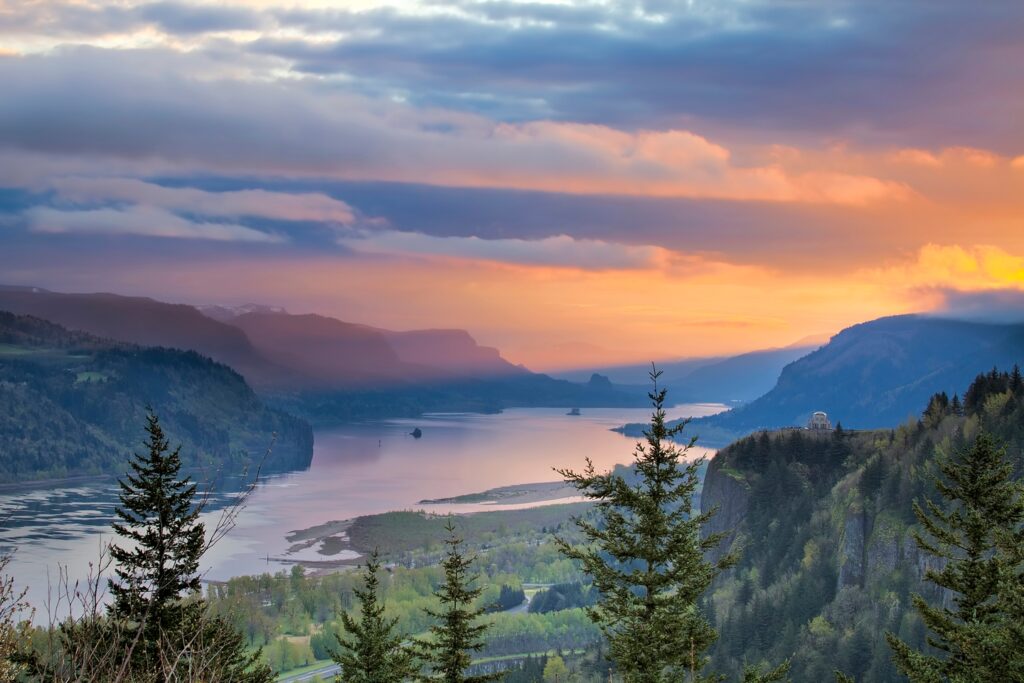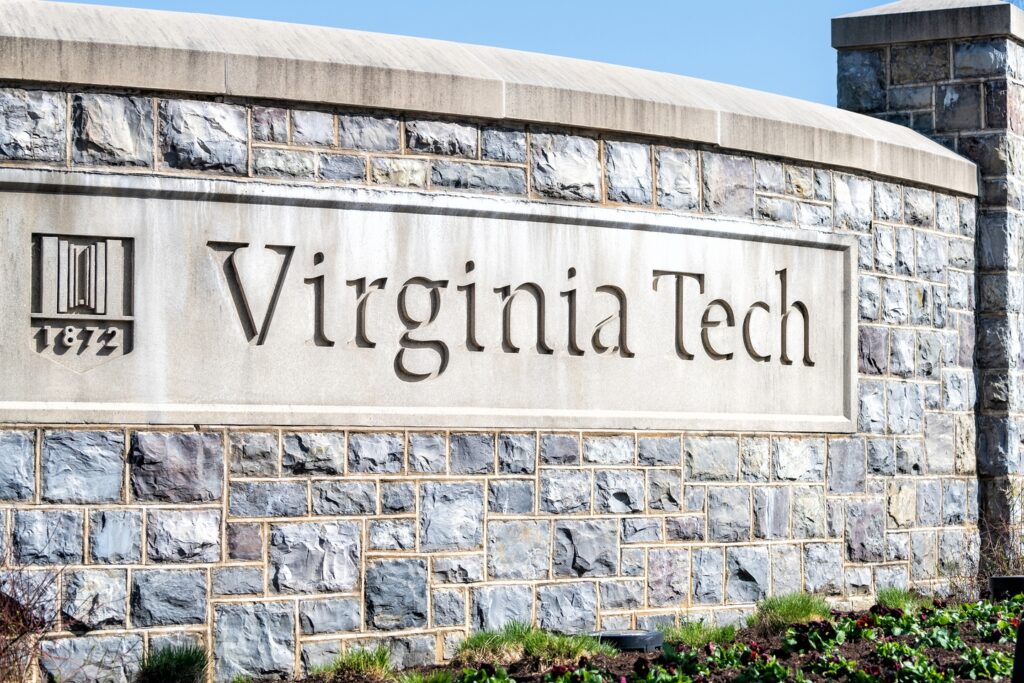Blog
Cascadia Mega-Tsunami Threat Looms Over Pacific Northwest
The Pacific Northwest, a region renowned for its stunning coastlines, vibrant cities, and lush forests, faces an unprecedented natural threat that scientists are growing increasingly concerned about—a mega-tsunami triggered by a massive earthquake along the Cascadia subduction zone.
While such an event hasn’t struck for more than 300 years, new research highlights that it may be overdue, with potentially catastrophic consequences for millions of residents, critical infrastructure, and the environment.
This article delves into the science behind this looming disaster, explores what makes it uniquely dangerous, discusses the historical precedents, and outlines what communities and governments can do to prepare for what could become one of the most destructive natural events in modern American history.

The Cascadia Subduction Zone: Geological Giant of the Pacific Northwest
The Cascadia subduction zone is a colossal fault line stretching roughly 600 miles from northern California through Oregon and Washington into southern British Columbia. It marks the boundary where the oceanic Juan de Fuca tectonic plate is slowly sliding beneath the North American continental plate—a process known as subduction.
Over centuries, friction between these massive plates causes stress to accumulate until it is suddenly released in a megathrust earthquake. These quakes are among the largest in the world and can reach magnitudes exceeding 9.0.
The Cascadia fault’s potential to generate such a powerful quake is both well-documented and profoundly worrisome, given the dense population and economic importance of the Pacific Northwest coast.
Why Subduction Zones Produce the Biggest Earthquakes
Subduction zones like Cascadia are responsible for some of the planet’s most powerful earthquakes due to the immense forces at play where tectonic plates converge. Unlike smaller faults that slip frequently, subduction zones lock for hundreds of years, building up strain.
When this strain releases, it causes abrupt and violent shaking, often followed by large-scale ground deformation and tsunamis. Understanding the mechanics of this zone helps explain why scientists consider the Cascadia subduction zone an active “time bomb.”
Virginia Tech’s Groundbreaking Research: Quantifying the Risk

A recent study conducted by geoscientists at Virginia Tech, led by assistant professor Tina Dura, provides the most comprehensive assessment to date of how a Cascadia megaquake could reshape coastal floodplains and impact land use in the region. Published in Proceedings of the National Academy of Sciences, the research estimates a 15 percent probability of a magnitude 8.0 or greater earthquake in the next 50 years.
The study combines seismic data, coastal elevation changes, and tsunami modeling to predict that sudden subsidence could cause coastal land to sink by as much as 6.5 feet. This would dramatically expand flood zones, swallowing thousands of homes, critical infrastructure, and vast stretches of transportation routes.
Dura notes that this sinking and flooding would not only cause immediate destruction but also significantly delay recovery efforts by rendering essential assets unusable for extended periods. The implications for emergency response and long-term community viability are profound.
Understanding Subsidence: The Hidden Danger Beneath the Waves
Subsidence, the gradual or sudden sinking of land, often accompanies megathrust earthquakes along subduction zones. In the Cascadia event, the sudden downward movement of the coastal land would cause seawater to rush inland far beyond typical tidal boundaries.
This isn’t just a flooding event caused by storm surges or rising sea levels—this is land physically dropping below sea level. The combined effect of subsidence and an incoming tsunami would create a catastrophic surge of water that could permanently alter the coastline.
This dynamic poses unique challenges for disaster preparedness because many existing evacuation maps and infrastructure plans do not fully account for such dramatic landscape changes.
The Mega-Tsunami Phenomenon: What Makes This Threat Unique?
While tsunamis are a known hazard worldwide, the Pacific Northwest mega-tsunami is distinctive due to its potential scale and origin. Unlike tsunamis generated by underwater landslides or volcanic eruptions, a Cascadia mega-tsunami would be triggered by a massive fault rupture displacing huge volumes of ocean water almost instantaneously.
Scientific models suggest tsunami wave heights could reach up to 1,000 feet in constricted coastal bays and inlets—waves towering taller than skyscrapers. Such waves would obliterate everything in their path with incredible force, creating a surge far exceeding anything seen in recent history.
The narrow fjords and river estuaries characteristic of the Northwest coastline would funnel and amplify these waves, leading to intensified destruction in populated areas.
Historical Evidence: The 1700 Cascadia Earthquake and Tsunami
Historical and geological records indicate the last major Cascadia megathrust earthquake occurred on January 26, 1700. The quake is estimated at magnitude 9.0 and caused a tsunami that traveled across the Pacific Ocean, reaching Japan and leaving traces in the geological record on the North American coast.
Indigenous oral histories from Pacific Northwest tribes also describe great shaking and flooding events around this time, corroborating scientific findings. Since then, the fault has been relatively quiet, but it has been steadily building tension, raising fears that the next event could happen at any time.
This historical perspective emphasizes that the Cascadia megaquake is a recurring natural phenomenon and not a distant theoretical possibility.
The Human and Economic Toll: What’s at Stake?
The Pacific Northwest is home to major cities such as Seattle, Portland, and Vancouver, and supports vital economic activities including ports, technology hubs, and natural resource industries. A megaquake and tsunami would disrupt all aspects of life—from daily commuting to supply chains and emergency services.
Virginia Tech’s analysis estimates over 14,000 residents could be displaced by flooding alone, but the broader impact would extend to millions indirectly through economic disruption, loss of utilities, and health crises.
Critical infrastructure, including highways, bridges, hospitals, and utilities, is vulnerable to damage or destruction, potentially leaving communities isolated and without essential services for weeks or months.
The Rising Threat of Climate Change and Sea Level Rise
Complicating the picture further is the accelerating rise of sea levels caused by global warming. Scientific projections indicate that sea levels along the Pacific Northwest coast could rise by at least three feet by 2100. This background increase in ocean height would worsen the flooding from any earthquake-induced tsunami.
Higher sea levels reduce the natural buffer zones, making even moderate flooding more severe. Combined with subsidence, this raises the risk that coastal communities could face permanent inundation, forcing relocations and long-term abandonment of some areas.
Preparing for the Worst: How Communities Can Build Resilience
Experts unanimously agree that preparation is essential to mitigate the effects of a Cascadia megaquake and tsunami. Efforts must include updating building codes to ensure structures can withstand seismic forces, developing robust early warning systems, and investing in public education campaigns to ensure residents know how to respond quickly.
Evacuation routes and shelters must be clearly marked and maintained, especially for vulnerable populations such as the elderly and disabled. Long-term urban planning should consider retreating from the most at-risk coastal zones to reduce potential casualties.
Collaboration between government agencies, scientific institutions, and local communities is vital to develop practical, scalable strategies that balance safety, economic stability, and environmental protection.
The Role of Technology in Early Warning and Disaster Response
Technological advances provide some hope for reducing the toll of a megaquake. The Pacific Northwest Seismic Network (PNSN) and other monitoring agencies use a network of sensors to detect initial seismic waves, enabling seconds to minutes of early warning before the strongest shaking or tsunami waves arrive.
Mobile apps, sirens, and public alert systems can broadcast warnings that save lives if properly integrated and maintained. However, such systems require regular testing, updates, and public familiarity to be effective during emergencies.
Advances in simulation modeling also enable planners to predict impact zones with greater accuracy, helping to allocate resources and design infrastructure that can better withstand disasters.
Lessons from Other Megaquake and Tsunami Events
The experiences of other regions hit by megathrust earthquakes and tsunamis offer valuable lessons. The 2011 Tōhoku earthquake and tsunami in Japan caused massive devastation despite advanced warning systems, underscoring the importance of continuous preparedness and resilient infrastructure.
Similarly, the 2004 Indian Ocean tsunami demonstrated how a lack of early warning and community awareness can lead to catastrophic loss of life.
By studying these events, Pacific Northwest planners can improve hazard communication, evacuation logistics, and post-disaster recovery strategies.
Long-Term Environmental Impacts: Beyond Immediate Destruction
While much focus is on human casualties and infrastructure damage, the environmental consequences of a Cascadia megaquake and tsunami could also be severe and long-lasting.
Flooding would introduce saltwater into freshwater ecosystems, damaging forests, wetlands, and agricultural lands. Contaminants from disrupted industrial facilities and sewage systems could pollute water sources, harming wildlife and human health.
Coastal habitats that act as natural buffers against storms and erosion could be permanently altered or destroyed, reducing biodiversity and ecosystem services.
Restoration of these environments would require coordinated efforts and significant resources, adding another dimension to recovery efforts.
The Economic Imperative: Investing Now to Save Later
While the upfront costs of retrofitting infrastructure, improving warning systems, and educating the public may seem high, experts emphasize that these investments pale in comparison to the economic losses a megaquake could cause if no action is taken.
Estimates of potential damage run into hundreds of billions of dollars, with cascading effects on business continuity, property values, and tax revenues. Proactive measures to strengthen resilience could reduce recovery time, save lives, and preserve economic stability in the Pacific Northwest.
Conclusion: A Call to Action for the Pacific Northwest and Beyond
The possibility of a mega-tsunami triggered by a massive earthquake along the Cascadia subduction zone is a stark reminder of the power of nature and the vulnerabilities of human settlements. Scientific research, including the recent Virginia Tech study, offers critical insights that must translate into action.
From enhancing infrastructure and emergency preparedness to advancing scientific monitoring and fostering community resilience, the region faces a monumental challenge—and an opportunity—to protect its people and environment.
The clock is ticking, but with informed leadership, public awareness, and coordinated planning, the Pacific Northwest can face this threat with preparedness and hope.
FAQs: Mega-Tsunami Threat in the Pacific Northwest
It’s a fault line where the Juan de Fuca plate slides beneath the North American plate, causing major earthquakes.
Roughly every 300 to 500 years; the last was in 1700.
A massive earthquake causes sudden land sinking and displaces huge volumes of water.
Up to 1,000 feet in narrow bays and inlets.
Sudden sinking of coastal land during an earthquake, worsening flooding.
-

 Blog3 years ago
Blog3 years ago10 Celebrities and Their Equally Gorgeous Siblings
-

 Blog3 years ago
Blog3 years agoThe highest-paid actors of all time are living large
-

 Blog3 years ago
Blog3 years agoHollywood Stars’ Instagram Photos viciously replayed
-

 Blog3 years ago
Blog3 years agoUpsetting And Creepy Facts We Wish We Could Erase From Our Memory
-

 Blog3 years ago
Blog3 years agoBecome Star Quality With These Celebrity Morning Routines
-

 Blog3 years ago
Blog3 years agoSome of Hollywood’s best-known movies have secrets that will shock you
-

 Blog3 years ago
Blog3 years agoThese Celebrity Couples Did Some Bizaree Things In The Name Of Love
-

 Blog3 years ago
Blog3 years agoUsing Everyday Items These People Made The Most Amazing DIY Creations
